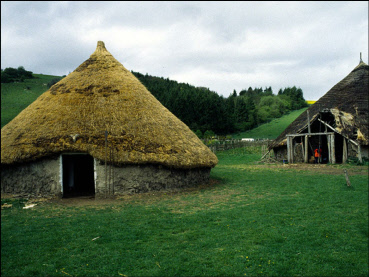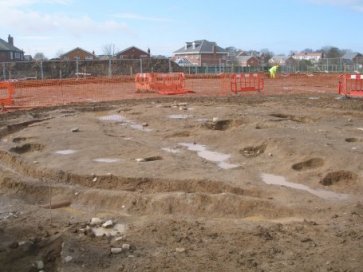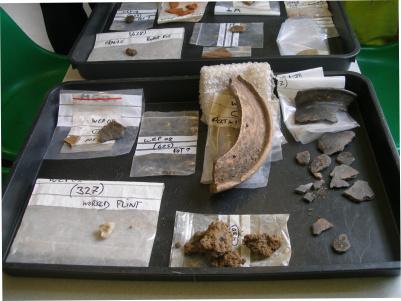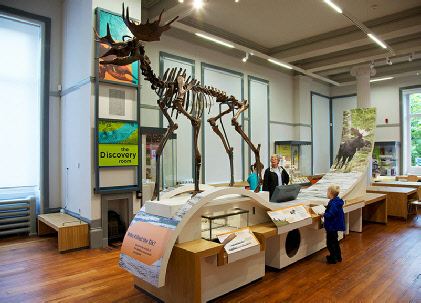
APRIL 2024
Poulton -
THE CARLETON ELK click here
An exciting discovery in July 1970 gave Poulton-
Many of the field names in the area where the elk was found conyain the words marsh or mere, indicating the type of land. It is assumed the elk was injured by barbs and managed to find some high land where he finally perished.
The land where the elk was found was next to the home of the Scholey family and it was Mr Scholey who found the remains late one Friday afternoon in August 1970.
THE ROMANS
Although a small Roman fortlet existed and has been excavated in Kirkham about 15 miles from Poulton, there is no definite evidence that the Romans made any effort to develop the area nearer the coast. For centuries the land of the Fylde coast was marsh, stagnant peat moss and sand dunes with only a meagre population, and very inhospitable to the traveller. In his 'Geography', Ptolemy of Alexandria mentions a 'Portus Setantiorum' and one of several possible positions for this long lost site lies in the waters of the Lune Estuary off Fleetwood. However David Shotter, in his recent book 'Romans and Britons in Northwest England' says "we should bear in mind that the Setantii may have lived in Southern Cumbria and the Portus Setantiorum may be an elusive site near the Southern end of Lake Windermere."

In March 2008 United Utilities began work on a new pipe line contract on grazing
land near Garstang Road East. As is the case with any large scheme, an archaeologist
was present on site when the work was begun and it soon became clear that a significant
discovery had been made.
The remains of two roundhouses thought to date back to the second century AD were discovered. A small amount of black burnished ware pottery was found which helps to date the round house.
The remains of the main roundhouse to be excavated, which the team believe would have been a dwelling house, included an outside drainage gulley, holes for the timber wall supports, some cobbles and a storage pit. A larger pit, found with large stones in it would have been a hearth.

Also discovered are signs of a further roundhouse a few metres away, suggesting this
could have been the site of an early settlement. There is also evidence of medieval
ridge and furrow ploughing.
Finds like this are very rare in Lancashire, and especially in this area. To date
only two similar roundhouses have been found in Lancashire -
This skeleton of an elk, found in Carleton, dates from 13500 years ago and is on display in the Discovery section in the Harris Museum & Art Gallery Preston
A SHORT HISTORY OF
POULTON LE FYLDE
